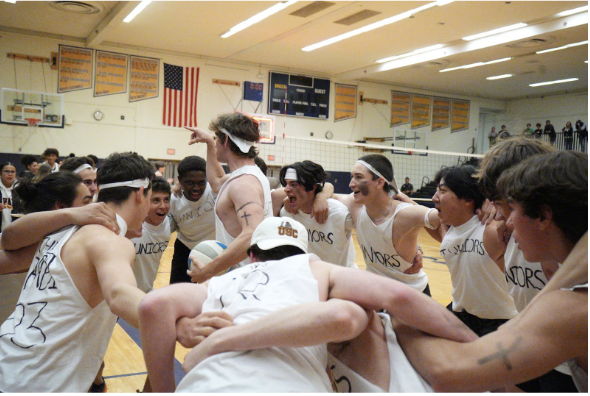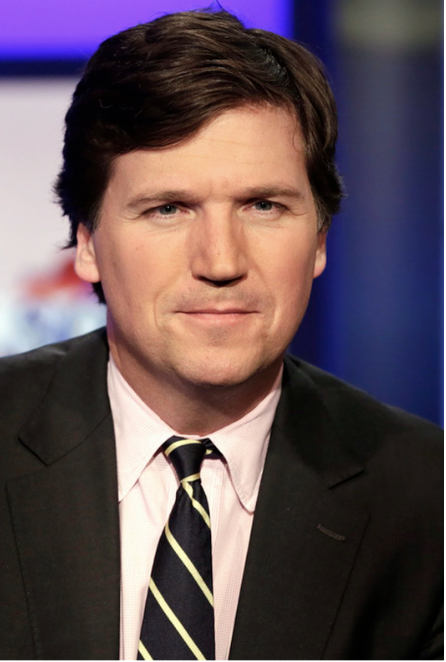A new Netflix show has received praise for its success as conversations surrounding its relevant social themes have been sparked regarding the dangers of social media and the seriousness of teenage mental health in today’s society. Adolescence, created by Jack Thorne and Stephen Graham and directed by Philip Barantini, tells an incredibly impactful story about the changes in one family’s life when their 13-year-old son is accused of murdering a girl from his school.
Within days of its release, Adolescence managed to capture the interest of audiences globally, being listed in Netflix’s top ten series for multiple days and becoming Netflix’s third most-watched series ever with more than 124 million views since its March premiere. According to Vogue Magazine, “Adolescence can be understood, very broadly, as a dark warning about the potential ramifications of incel culture and the radicalization of young men online.” Multiple news sources have credited the show’s creators, saying that the important message behind the series could save lives by making parents more aware of what kind of dangers their teenagers are coming across from behind screens. The Guardian says, “It’s a cautionary tale about getting teenagers off screens and engaging with real life again.” Clearly, the message of this innovative and disturbing four-part series has resonated with a variety of Netflix watchers and piqued the interest of people.
Now that we have some background information on Adolescence, let’s discuss the cinematic genius that emerges through the series. What makes the show so astonishingly impressive in its crafting is that each episode was filmed in exactly one take, no stopping in between scenes or moments. This meant that if one actor messed up during a scene, it had the potential to ruin the entire shooting of the episode. The first episode starts out with a bang as the audience follows as police officers raid the Miller family home to take Jamie away after he’s accused of murdering a classmate of his, named Katie. It’s almost as if us viewers are in the house, right in the moment, as we watch Jamie be taken away from his family. The camera moves intensely from room to room, documenting the exact moment Jamie realizes what’s happening. What stuck out to me the most as a viewer was the moment when Jamie gets put in the van to be taken to the police station and he puts his face up to the window as they drive away, with his dad frantically yelling that he’d follow him there. It’s a compellingly emotional moment that the makers of the series did incredibly well.
In a Variety interview with cinematographer Matthew Lewis who collaborated with Philip Barantini to get the result of the “one-take” shot they mastered, Lewis revealed some of the crucial planning that went into getting the right finished product for each episode. The interviewer asked him how they were able to execute the shot starting with the police raid at the home. Lewis said, “It’s a lot of planning. You can’t do a shot list, so we didn’t have one. We mapped the area we were using and looked at how the camera would move within it, and we rehearsed it like a dance, between me and the cast.” To cinematographers like Lewis, filming a series that films in a unique way requires the crew to be able to adapt to last-minute changes on set. The cast and crew had to be able to communicate and work together to get the end result that managed to impress viewers like myself.
Another compelling aspect of the series were the actors’ ability to utilize improvisation to their advantage. In a shot where it is vital for everything to be taken in one go, I was continuously impressed that the cast was able to bounce off of each other and have spontaneous moments of going off-script, because some of those moments where they chose to use improvisation ended up being the more crucial parts of the series. Take actor Owen Cooper, for example, who starred in the series as Jamie. His first legitimate acting role, Cooper mastered the art of improvisation in the third episode while collaborating with Erin Doherty, who played the psychiatrist having a conversation with Jamie.
The intricate skills and collaboration used within the Adolescence cast and crew was vital to the series’ overall success. Adolescence managed to break barriers through its peculiar use of one-shot episodes and skillfully emotion-filled improvisation. Now, society has come to ask new questions about the dangers of social media and the impacts the internet can have on a child or teenager’s upbringing, and how we can all learn something from the kinds of emotions Jamie’s family deals with as they encounter an unimaginable nightmare and have to learn how to navigate their new “normal.”
Film has been leaving an impact on people since its creation, but Adolescence specifically does an incredible job at leaving audiences stunned by what they’ve just watched, leading people to begin to consider these important topics of mental health and social media influence in a new way. Overall, I feel that Adolescence is an exceptional series that can bring those conversations to light in a way that feels important to our day-to-day society.
Categories:
Netflix’s Adolescence Series Shocks Audiences With Its Skilled Film Techniques and Hauntingly Significant Message to Viewers
Matea Homan ’25
•
May 15, 2025
0
More to Discover




























